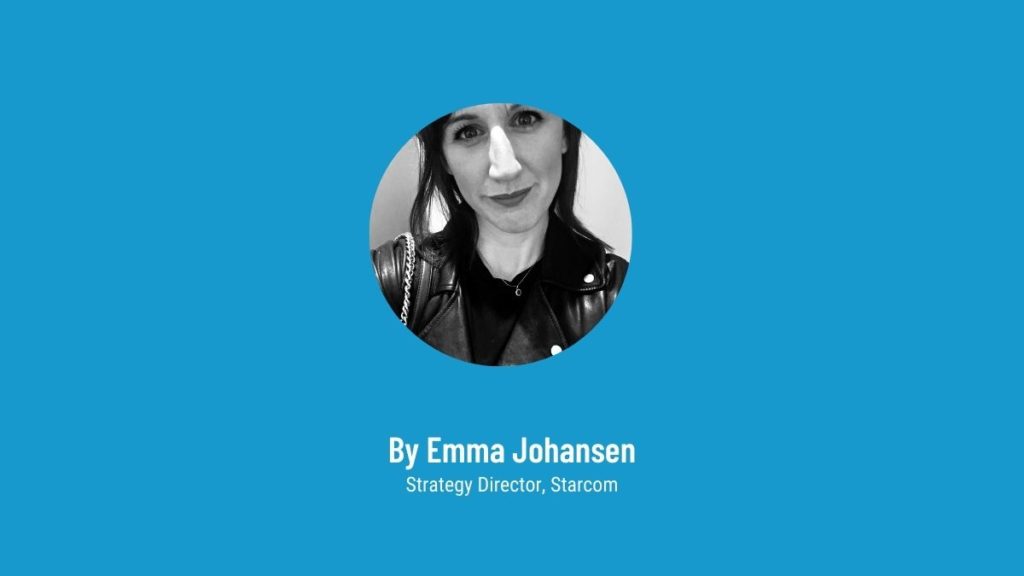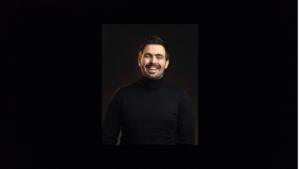By Emma Johansen, Strategy Director, Starcom
Remember YOLO (you only live once), the acronym that went mainstream in the early 2010s and adorned millions of ‘carpe diem’ style social media posts? Well, the YOLO spirit is alive once again no thanks to an experience that put life into perspective. It’s unsurprising that this life’s-too-short mantra would ignite after a period of extended hardship – similarly challenging times like war and the Spanish flu made way for the roaring 20s and disco, movements that saw people’s inhibitions lifted.
But it would also be misguided to say YOLO is playing out exactly as it did back then, particularly 21st century YOLO which was set to a backdrop of lad culture and more reckless behaviour. Today YOLO can still be defined as a willingness to take a risk, but the cultural shift together with on-going threats to our physical, mental and financial health do temper it. Today it can be defined as booking that ‘holiday’ to Everest Basecamp, the type of trip travel companies have seen a big uptick towards; quitting your corporate job to pursue your dream even in the face of uncertainty, as highlighted by a Microsoft study; or even leaving a long term partner.
The significance of this is not only that we acknowledge the existence of YOLO, but also the implications for an industry that relies on past behaviour and attitudes to predict future ones. If the what, where, when and how has been disrupted, we need to exploit data sources that allow us to understand the right now for both reach and relevancy purposes, even in a world destined to be cookieless by 2023.
Reaching in a YOLO world
We’re well versed on the impact lockdown had on media behaviours, with TikTok, digital radio, ecommerce and streaming services all benefiting from our temporary change in lifestyles. However, we have to remember our lifestyles were just that, temporary. Further changes were always going to prompt different routines and movements, and the slipping back of digital behaviours in a new world of freedom – highlighted in a recent McKinsey report – demonstrates just how outdated some data-sources can quickly become. This means placing a greater reliance on sources that offer a real-time view on where people are.
The hard-hit outdoor industry is a good example of one that has done exactly this to aid recovery in recent months. The likes of location Science and RADAR, which currently allow us to track audience movements using location ID data, have helped them show people are out, about and exposed to their medium.
Similarly, TfL Oyster data, buyable via Global Media, allows us to identify audience movements and segment according to where they go and what that implies about them.
Unpredictability also places an importance of having flexibility in your media plan, something programmatic can currently cater for, or media that moves with your audience, like podcast or social or online video – something I predict greater reliance on in coming months.
Staying relevant in a YOLO world
It’s easy to assume that because your audiences are of a similar mindset or life stage their interpretation of YOLO would be the same. Wrong. Everyone’s personal circumstance has differed in recent months, something that influenced outlooks and cost friendships. You only need to look at You Gov’s Britain’s Mood Measured Weekly to understand how different similar people’s emotional needs were, and also changed from one week to the next.
To get closer to how your audiences feel, and therefore their perceived definition of YOLO, will rely on more recent data sources and social listening, as well as smarter segmentation methods.
AI platform CLUEP provides just one way of doing this by scraping conversations and images across social media to identify how people feel, which can then be turned into buyable audiences and activated online.
Rezonence’s declared interest targeting served on publisher FreeWall is another way of serving content according to an audience’s needs. Using a painless survey format it asks (the user) a question of your choice, serving advertising according to their answer. In return content behind the FreeWall is revealed and the user gets more relevant advertising. Similarly, Vevo offers an option to target people according to frame of mind, by analysing and grouping music according to four different moods.
Whilst some of these opportunities may not be new, and will also become less available come 2023, they are more relevant than ever right now. So like the people we target we need to seize the opportunities that exist now, by:
- Taking advantage of real time data sources to stay in tune with your audience’s mindset and movements
- Ensuring you have the ability to follow your audience around with flexibility in your media plan
- Adopting a more agile working approach to allow for response to change
Right, that’s it from me. It might only be Monday but I’m heading for a Margarita, cos YOLO.








